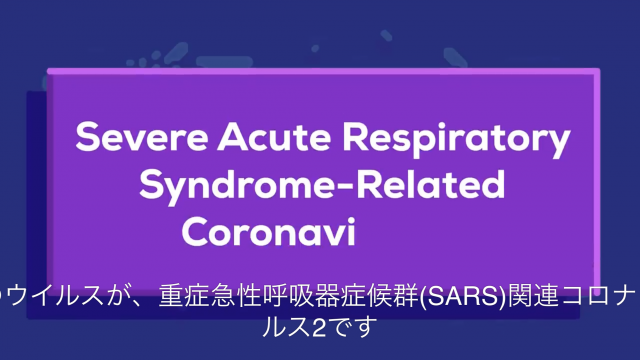In 1994, a Japanese company was planning to set up a factory in America. The company sent their top executives to the USA to find a suitable place and assess the opportunity. They met with several local business people, and one of them invited them to a dinner party.
The Japanese executives turned up on time at the party, dressed in suit and tie. However, they were surprised to find that the party was very casual, and most of the attendees were wearing t-shirts and jeans. During the party, the Japanese executives found themselves lost in the conversations, as they did not understand the American idioms and slang.
The executives returned to Japan and reported their experience to their CEO. They found Americans to be very direct and forthcoming, and they spoke in a very low-context manner. In Japan, people communicate in a high-context style, which means that many things are implied and understood without being stated outright.
In a high-context country, people rely on context and nonverbal cues to communicate. For example, in Japan, people use silence and indirect language to convey their message. In contrast, in America, people rely on the words themselves to convey meaning, and they are very direct in their communication.
This communication barrier had almost threatened the partnership between the Japanese company and the American business. However, they were able to overcome this obstacle by hiring a cultural translator who could bridge the gap between the two cultures.
Comprehension Questions
1) Why did the Japanese executives find it difficult to communicate with Americans at the dinner party?
A) Because the party was casual and the attendees were wearing t-shirts and jeans.
B) Because they did not understand American idioms and slang.
C) Because they were lost in the conversations.
2) How do people communicate in high-context countries?
A) They rely on context and nonverbal cues to communicate.
B) They use silence and indirect language to convey their message.
C) Both A and B.
3) Why did the Japanese company need a cultural translator?
A) Because they could not communicate with Americans due to cultural differences.
B) Because they had a language barrier with Americans.
C) Because they needed help finding a suitable place to set up a factory.
Answers
1.B
2.C
3.A
1994年、日本の企業はアメリカに工場を設立する計画を立てていました。企業はトップエグゼクティブをアメリカに派遣し、適切な場所を見つけて機会を評価するために送りました。彼らはいくつかの地元のビジネスパーソンと会い、そのうちの一人が彼らをディナーパーティーに招待しました。
日本のエグゼクティブは時間通りにスーツとネクタイ姿でパーティーに現れました。しかし、彼らはパーティーが非常にカジュアルで、出席者のほとんどがTシャツとジーンズを着ていることに驚きました。パーティーの間、日本のエグゼクティブはアメリカのイディオムや俗語を理解できないため、会話についていけない状況に陥りました。
エグゼクティブたちは日本に帰国し、その経験をCEOに報告しました。彼らはアメリカ人が非常に直接的で率直であり、非常に低コンテクストのスタイルで話すことを発見しました。日本では、人々は暗黙の了解や言わずに理解されることが多い高コンテクストのスタイルでコミュニケーションを取ります。
高コンテクストの国では、人々は文脈や非言語の合図を頼りにコミュニケーションをします。例えば、日本では人々は沈黙や間接的な言葉遣いを使ってメッセージを伝えます。対照的に、アメリカでは人々は単語自体に意味を込め、コミュニケーションにおいて非常に直接的です。
このコミュニケーションの壁は、日本の企業とアメリカのビジネスのパートナーシップをほとんど脅かすほどでした。しかし、彼らは文化的な翻訳者を雇うことで、両文化のギャップを埋めることができました。
1. 日本の経営者たちは、ディナーパーティでアメリカ人とコミュニケーションするのが難しかったのはなぜですか?
A) パーティーがカジュアルで、参加者がTシャツとジーンズを着ていたから。
B) アメリカの慣用句や俗語が理解できなかったから。
C) 会話についていけなかったから。
2.ハイコンテクスト文化の国では、人々はどのようにコミュニケーションをとりますか?
A) 文脈や非言語的な手がかりに頼ってコミュニケーションをとる。
B) 沈黙や間接的な言葉を使ってメッセージを伝える。
C) AとBの両方。
3.日本の会社が文化翻訳者を必要としたのはなぜですか?
A) 文化的な違いのため、アメリカ人とコミュニケーションできなかったから。
B) アメリカ人との言語の壁があったから。
C) 工場を設置する適切な場所を見つける手助けが必要だったから。








